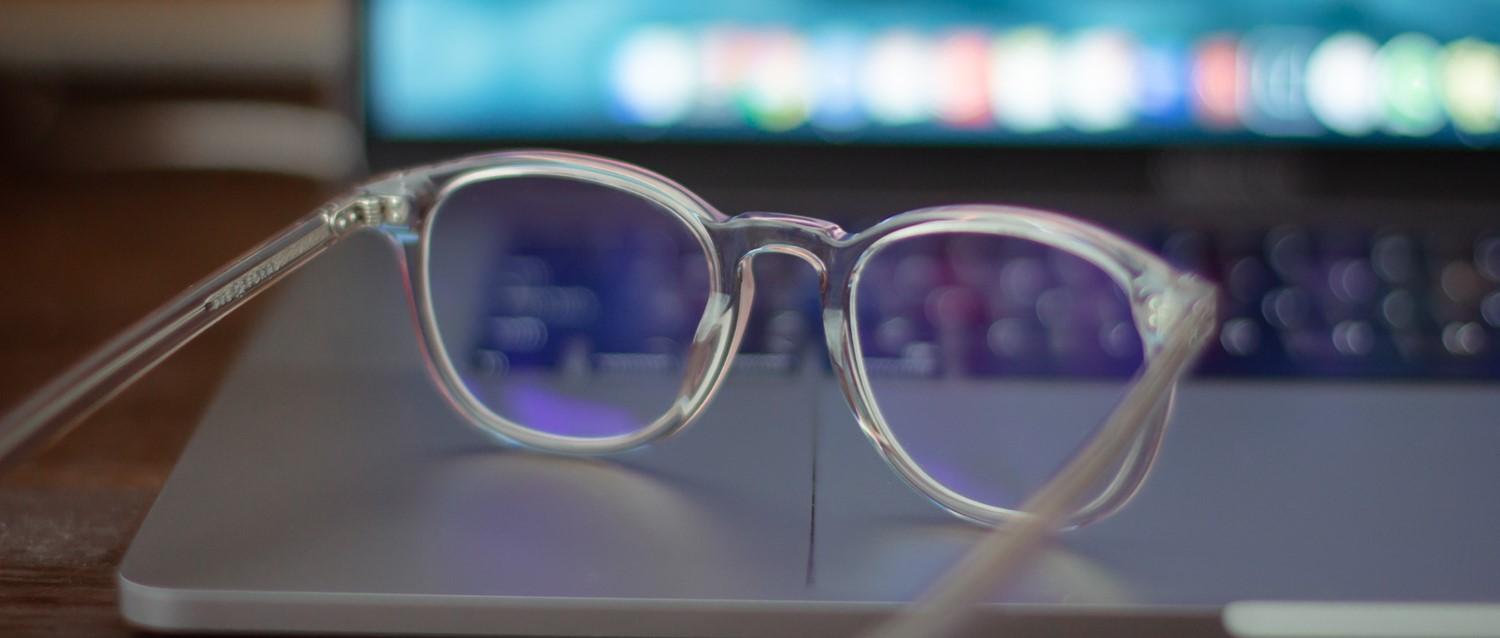
What is the connection between back, neck, and eye pain?
Peer reviewed by Dr Krishna Vakharia, MRCGPLast updated by Amberley DavisLast updated 2 May 2024
Meets Patient’s editorial guidelines
- DownloadDownload
- Share
- Language
- Discussion
The same things that can cause eye strain and discomfort often also result in neck and back pain. What are these activities, and when can eye discomfort be a symptom of neck and back muscle tension - and the other way around?
In this article:
Continue reading below
How are your eyes, neck and back connected?
If you have ever experienced eye strain and discomfort at the same time as neck or upper back pain, you may have wondered how these areas are linked.
Muscle tension in your neck and back can't directly cause eye problems and discomfort - or the other way around. However, having eye and back pain together could be a sign that certain activities or actions are causing your discomfort in all of these areas.
There are also a few health issues where discomfort in one area may be triggered by a problem with the other. In other words, neck and back pain can be symptomatic of an eye problem. Likewise, eye discomfort - in the form of headaches around the eye area - can point to neck and back issues.
Activities that cause neck, eye and back pain
Many of the activities that cause eye strain and discomfort also lead to neck and back problems. Eye strain is extremely common and occurs when your eyes become tired from intense use. You may also feel eye discomfort in the form of dry eyes or having vision that goes slightly blurry every so often. These same activities often promote poor posture in your neck and back, which in turn can cause muscle tension and pain in these areas.
Many of these activities involve visually demanding near work - which means any activity performed at a short working distance1. Examples of near work include:
Reading.
Writing.
Playing video games.
Needlework.
But there is little doubt that in modern life, the most significant example is digital display use - when we stare at our mobile, laptop, or ipad screens. Digital eye strain, also called computer vision syndrome, is a common cause of both eye and back pain.
Long periods of close-up work can result in eye strain, because it involves us staring intensely and positioning ourselves near to the screen/book/paper/needlework - which leads to poor posture2.
Could your kindle be the problem?
One study of electronic readers - also called e-readers or kindles - found they caused significant eye strain and irritation3.
Exposure to the screen's intense light and smaller font size are two of many factors making digital display use a major public health concern4,5.
Continue reading below
Eye problems
There are several eye problems that may also be indirectly connected with your back and neck pain.
Binocular vision dysfunction
Binocular vision dysfunction (BVD) is a common visual misalignment condition. The eyes struggle to send a clear image to the brain because they are slightly misaligned. There are many symptoms, but the main visual signs include blurred vision, light sensitivity, and eye discomfort when moving.
BVD can also cause shoulder and neck pain. This is because the visual misalignment causes muscle tension, which is made worse for people who compensate by tilting their heads towards one shoulder. This may help to realign the images vertically, but this is a dangerous habit that can lead to ongoing neck pain.
Long sightedness
If you are long-sighted (hypermetropia) you can see objects in the distance clearly while objects nearby are out of focus. This makes it difficult for the eye to focus light on to the correct part of the retina.
As a result, without prescription eyeglasses or contact lenses, long-sighted people tend to strain their eyes in an attempt to improve focus. It's possible that attempting to move closer or further away from the object results in bad posture habits, making the pain worse.
Presbyopia
Presbyopia is age-related long-sightedness. To see objects clearly at different distances, the eye's lens needs flexibility. Naturally with age, this flexibility decreases, and lenses become stiffer. Like hypermetropia, if left untreated this can cause both eye and back pain.
Neck and back muscle tension
Leanne Antoine, physiotherapist and spokesperson for the Chartered Society of Physiotherapy (CSP), advises that muscle tension in your neck and back can also indirectly result in eye pain.
This happens when you unconsciously tense the muscles in your neck, upper back, and shoulders. This leads to tension in the back of the skull - the occipital area - causing headaches that affect the area around your eye.
Muscle tension in the back and neck can be triggered by many things. Physiotherapists can help you find the cause of your pain and offer a tailored physiotherapy service to relieve the tension.
Cervicogenic headaches
"As physiotherapists it is important that we establish the primary cause of your muscle tension. But, if you have eye pain, you may also have a secondary headache which is called a cervicogenic headache (CGH)," explains Antoine.
"This headache starts in the cervical spine - your neck - and is characterised by neck pain and stiffness which may well be accompanied by muscle tension."
CGH symptoms usually occur on just one side of your neck, head, and/or face and commonly affect the area around the eye. This headache is usually a moderate, dull ache but can be more intense. In some cases, it can also result in eye swelling and blurred vision.
Antoine adds: "There is also a school of thought that if certain structures in the upper part of the neck are injured or damaged in some way, that damage can create more sensitivity, leading to this type of headache."
Continue reading below
Further reading
Patient picks

Eye health
How your eyes change as you age
They're your windows to the world, and we rely on them for almost everything we do. Eye problems become more common with age, but there are lots of steps you can take to cut your chance of sight-threatening problems. And fortunately, there have never been more effective treatments to preserve sight.
by Dr Sarah Jarvis MBE, FRCGP

Eye health
When should you worry about your eyes?
It is recommended that you get your eyes tested every two years - even if your vision seems fine. Your test will check for your vision and eye health ill and check for any emerging problems. Here we talk about what changes and issues in your vision you should look out for and when you should see a specialist .
by Victoria Raw
Continue reading below
Article history
The information on this page is peer reviewed by qualified clinicians.
Next review due: 2 May 2027
2 May 2024 | Latest version
7 Jan 2022 | Originally published
Authored by:
Amberley Davis

Ask, share, connect.
Browse discussions, ask questions, and share experiences across hundreds of health topics.

Feeling unwell?
Assess your symptoms online for free
Sign up to the Patient newsletter
Your weekly dose of clear, trustworthy health advice - written to help you feel informed, confident and in control.
By subscribing you accept our Privacy Policy. You can unsubscribe at any time. We never sell your data.